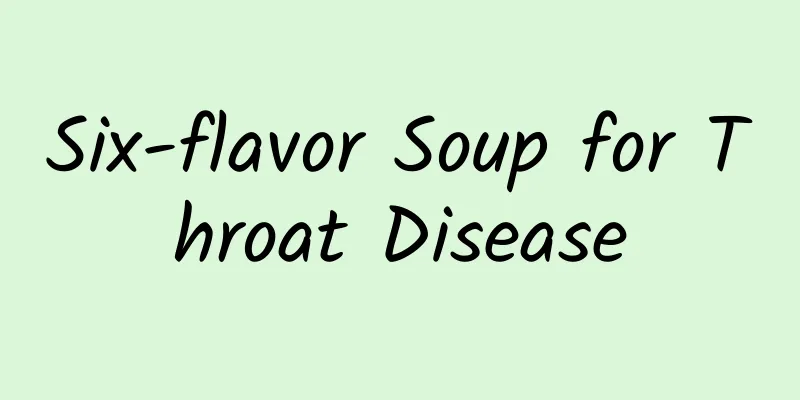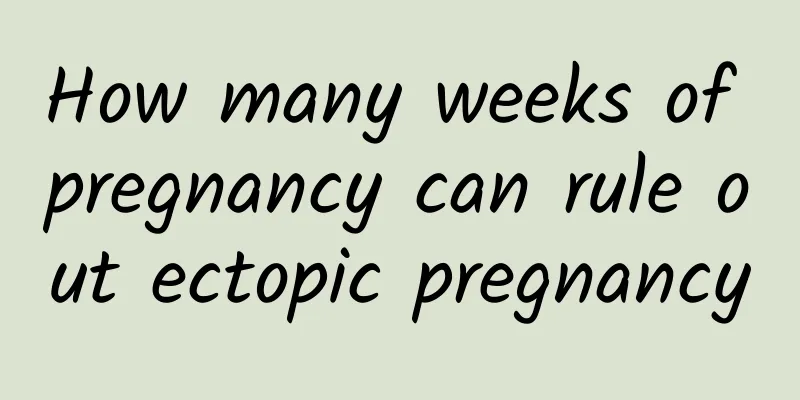Is prickly heat contagious?

|
Prickly heat is a common skin disease among friends in summer, and it is quite simple to treat. Some friends see that prickly heat is similar to some contagious skin diseases and think that prickly heat is natural. In fact, prickly heat is not contagious. Prickly heat is not contagious. It is the most common acute skin inflammation in summer. Prickly heat is caused by blocked sweat pores and often occurs in the neck, chest, back, elbows, popliteal fossa and other parts of the body. In children, it can occur on the head, forehead, etc. At first, the skin becomes red, and then needle-sized red papules or papulovesicles appear, densely packed in patches, some of which are purulent. After getting prickly heat, there will be severe itching and pain, and sometimes there will be bursts of hot burning pain. In fact, there are many ways to prevent children from getting prickly heat, such as adding ten drops of water or mint to the water when bathing, applying Johnson's Prickly Heat Powder or Baby Gold Water after washing, and not covering with clothes so that it is directly exposed to the air. Generally speaking, prickly heat is most likely to occur on children, but some adults with delicate skin, obesity, excessive sweating, or weak constitution may also develop prickly heat. Except for areas with thick skin such as the soles of the feet and palms, prickly heat can occur on any part of the body. To prevent itching, you should pay attention to skin hygiene, take a bath and change clothes frequently. People who are prone to prickly heat should dry themselves after taking a shower and then apply a little talcum powder or prickly heat powder. Do not overeat and eat less sugar and high-fat foods, which can prevent the occurrence of prickly heat. Children have delicate skin and are easily bitten by mosquitoes and insects. When parents see the red and swollen bumps on their baby's arms and legs, they will feel distressed and will immediately take out some toilet water and apply it on the bumps. Little do people know that adult toilet water contains a higher concentration of irritating ingredients and should not be applied directly to children's skin. It should be diluted with 5 times the amount of water before use. Although toilet water has a cooling and antipruritic effect, it does not have any therapeutic effect. Especially for people with sensitive skin, the mint, camphor and other ingredients in the toilet water not only fail to improve local inflammation, but will cause allergic reactions and lead to contact dermatitis. Therefore, it is best for parents to choose floral water specially made for children to avoid adverse reactions in children. |
<<: What is the difference between prickly heat and allergies?
>>: Do you know the best time for cupping?
Recommend
7-valent pneumococcal vaccine
The seven-valent pneumococcal vaccine is mainly c...
Is it easy to get pregnant if you have insufficient Qi and blood?
The condition of a person's facial skin can o...
What does autumn pear paste mean
Autumn pear paste is a traditional dietary health...
What to do if the episiotomy wound does not heal
After surgery, everyone hopes that their wounds c...
Feeling of chest tightness and shortness of breath
Many people often feel chest tightness, shortness...
Why are my muscles twitching all the time?
Muscles have a very high status in the body, beca...
Which Chinese medicine for lowering blood pressure is more effective?
In addition to taking drugs to lower blood pressu...
Benefits of cervical bloodletting and cupping
There are many treatments for cervical vertebrae,...
How to read health through palmistry?
It is common to see fortune tellers determining a...
What are the benefits of drinking honeycomb wine for a long time?
Everyone knows that honey is a delicacy and can a...
Why do I snore when I lie down but not when I lie on my side?
Snoring is a symptom that everyone will encounter...
Is Chinese medicine effective for ectopic pregnancy?
Many women may take pregnancy test sticks when th...
This is a sign of low immunity.
What are the symptoms of low immunity? How do you...
What to do if there is milk in the breast after abortion
If a woman finds that she has milk secretion afte...
What to do if there are black stains on baby's teeth
Babies often eat sweets, and some parents do not ...









